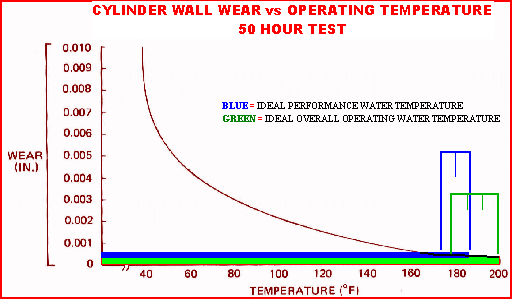M
Mart
Guest
Well I have seen a lot of threads on this but no definite answers, so maybe a poll will help, mainly because I am in my garage with a 160 in one hand and a 180 in the other.
lets see what you guys think.
Mart
lets see what you guys think.
Mart









